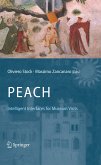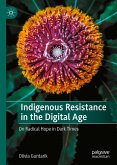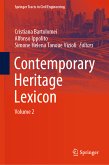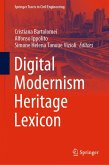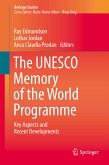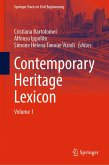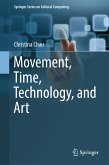This book, the first research publication on China's archery culture to appear in the English language, introduces the historic development, key concepts, and research methodologies for archery studies. Archery was the most important weapon of war in pre-modern China; at the same time, archery practice was intimately tied to Confucius' cultural and pedagogic ideals. Chinese archery was divided into the domains of military archery (wushe) and ritual archery (lishe), and may be further distinguished into han (Chinese) and hu (barbarian) archery traditions. Bringing together the leading scholars in this field, including Ma Mingda, Stephen Selby, Ma Lianzhen, Peter Dekker, and others, this book presents the most comprehensive statement on archery studies to date. In particular, it provides an in-depth survey of archery development during the Qing period and offers a unique cultural perspective to understanding China's last imperial dynasty-through the lens of Manchu archery.
Dieser Download kann aus rechtlichen Gründen nur mit Rechnungsadresse in A, B, BG, CY, CZ, D, DK, EW, E, FIN, F, GR, HR, H, IRL, I, LT, L, LR, M, NL, PL, P, R, S, SLO, SK ausgeliefert werden.



